Introduction to Single Piston Engines
Single piston engines are a fundamental type of internal combustion engine. They work by converting fuel energy into mechanical work. This movement powers various machines, including vehicles and small equipment. Understanding these engines gives insight into their functionality and importance.
Overview of Internal Combustion Engines
Internal combustion engines generate power by burning fuel inside a chamber. This chamber is tightly sealed, where air and fuel mix before ignition. The explosion pushes a piston inside the cylinder, creating motion. This motion drives mechanical parts, like wheels or tools. Internal combustion engines are common due to their efficiency and compact size.
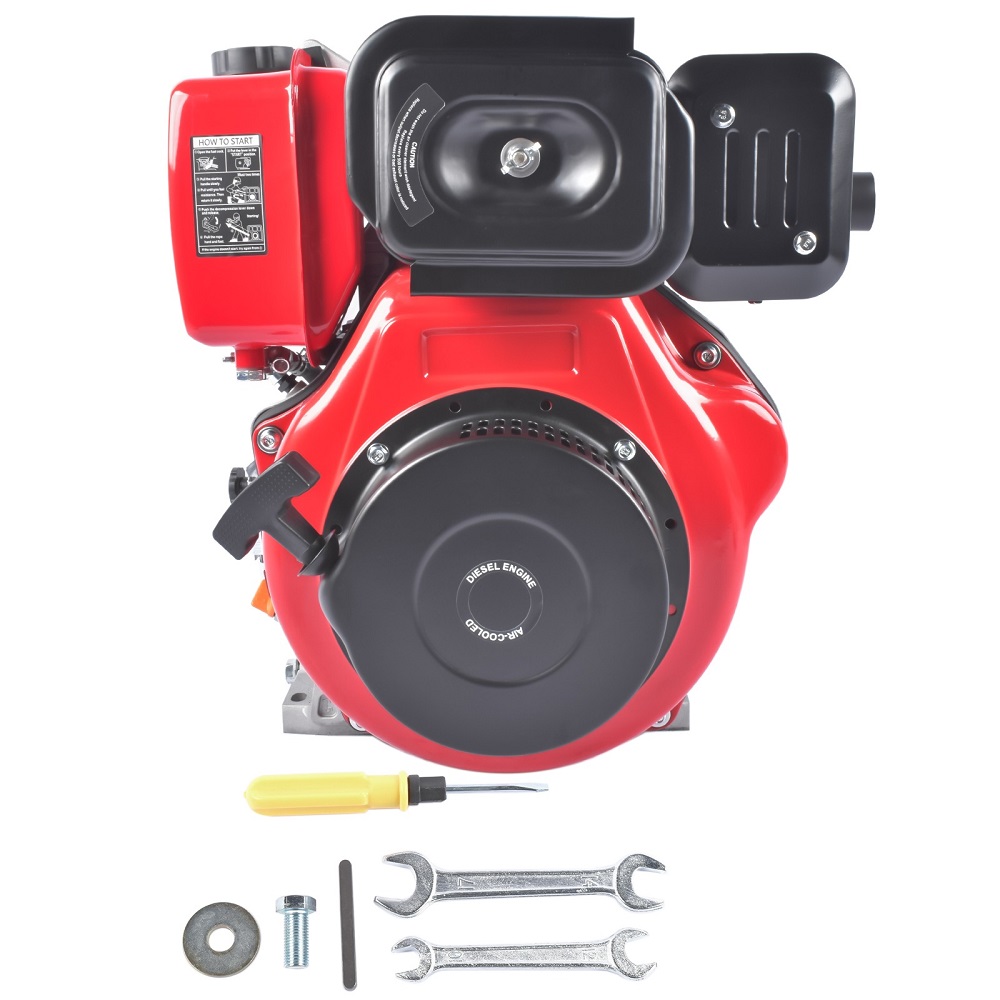
Key Features of Single Piston Engines
Single piston engines are simple and straightforward in design. They have one piston within a single cylinder. Their structure makes them compact and easy to manufacture. They are ideal for small-scale applications due to these traits. These engines also have fewer moving parts, which reduces maintenance needs. Their simplicity helps users understand and operate them easily.
Components of a Single Piston
Single piston engines rely on specific components for smooth operation. Each part contributes to the engine’s overall performance and efficiency. Understanding these components is essential for those who use or maintain these engines.
The Piston and Cylinder Assembly
The piston and cylinder assembly is the core of a single piston engine. The piston moves up and down within the cylindrical chamber, which holds the air-fuel mixture. When fuel burns, it creates pressure that pushes the piston down. This motion generates mechanical power for the engine. The cylinder ensures a tight seal for efficient combustion.
Crankshaft and Connecting Rod
The crankshaft transforms the piston’s linear motion into rotational motion. A connecting rod links the piston to the crankshaft, enabling this conversion. As the piston moves downward, the connecting rod forces the crankshaft to turn. This rotation drives other mechanical systems connected to the engine, such as wheels or gears.
Valves and Timing Mechanisms
Valves control the air and fuel flow into the cylinder and release exhaust gases. Timing mechanisms ensure that valves open and close at precise intervals. This synchronization is crucial for the combustion process. Proper timing prevents performance issues and boosts the engine’s efficiency. Reliable valves and timing systems keep the engine running smoothly over time.
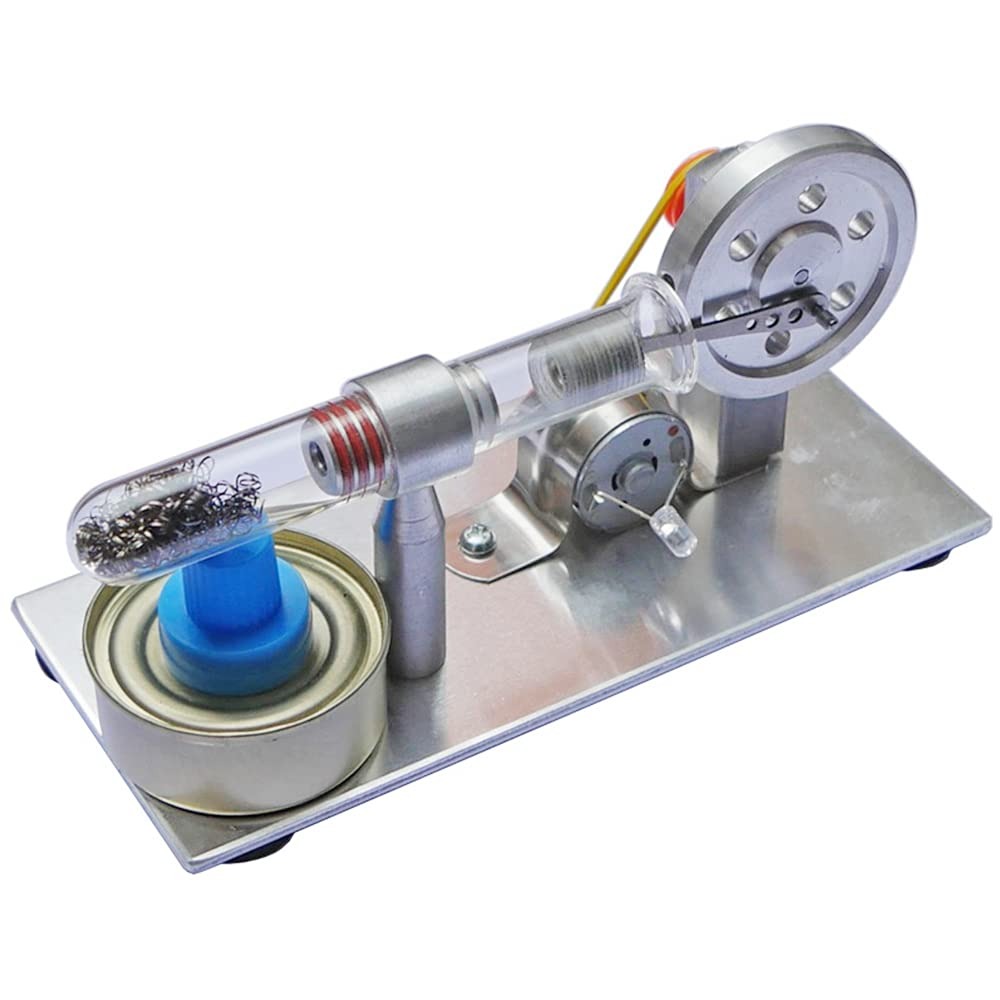
How Single Piston Engines Operate
Single piston engines operate based on a sequence that converts fuel into mechanical motion. This process involves the piston moving within the cylinder to produce energy. Two key stages of this function are the four-stroke cycle and the fuel combustion process.
Four-Stroke Cycle Explained
The four-stroke cycle is central to the operation of a single piston engine. It consists of four distinct phases:
- Intake Stroke: The piston moves downward inside the cylinder. This motion pulls air and fuel mixture into the chamber.
- Compression Stroke: The piston moves upward, compressing the air and fuel mixture. This prepares the mixture for ignition.
- Power Stroke: The spark plug ignites the compressed fuel-air mixture. This combustion causes the piston to move downward, producing mechanical energy.
- Exhaust Stroke: The piston moves back up, pushing out exhaust gases through the valves. This clears the chamber for the next cycle.
This cycle repeats continuously to keep the engine running. Precise timing ensures efficiency and consistent performance.
Fuel Injection and Combustion Process
Fuel injection in single piston engines introduces fuel into the chamber for combustion. There are two fuel injection methods:
- Direct Injection: Fuel is sprayed directly into the cylinder. This method is efficient and improves fuel use.
- Indirect Injection: Fuel is mixed with air in a separate chamber before entering the cylinder. This method balances performance and engine simplicity.
Once fuel mixes with air and enters the cylinder, combustion begins. The spark plug ignites the mixture, creating a controlled explosion. The explosion pushes the piston downward, generating the engine’s power.
Proper combustion ensures the engine operates with minimal energy loss. Good fuel injection systems reduce emissions and improve fuel efficiency. Together, these processes keep single piston engines reliable and functional.
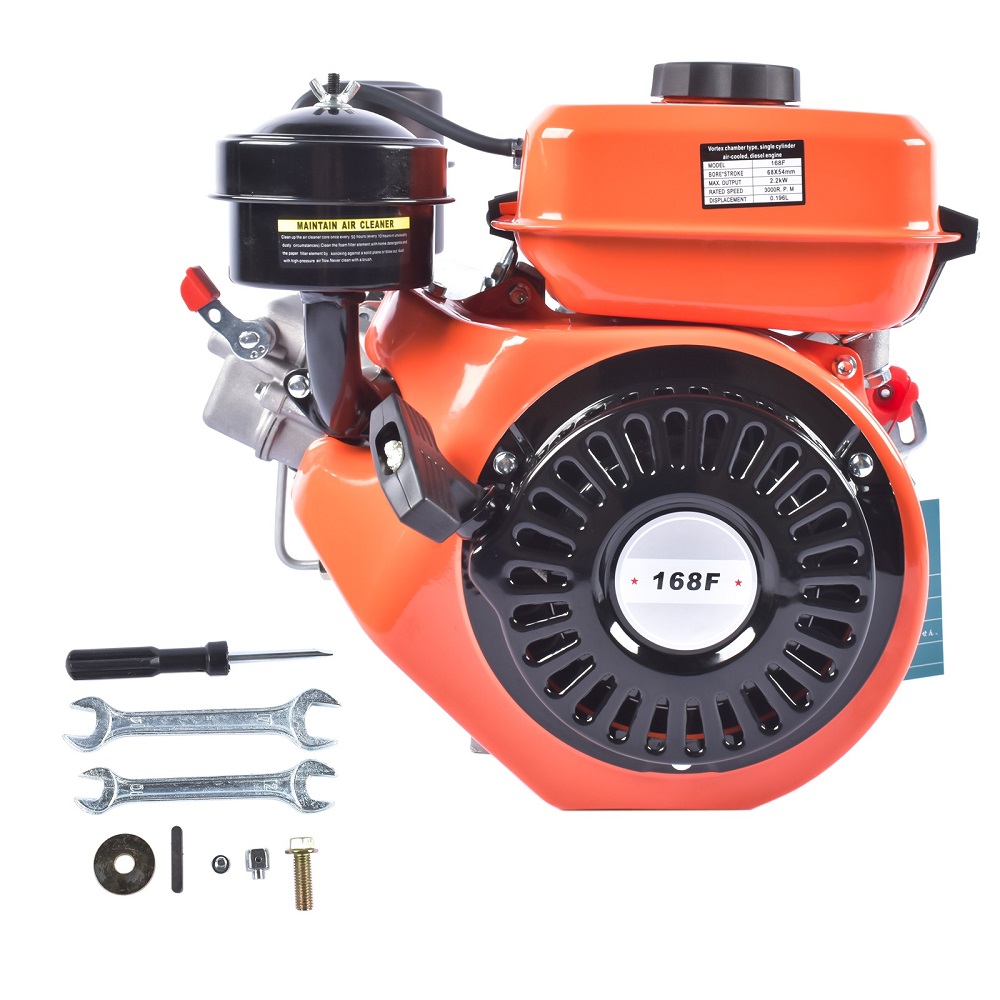
Advantages of Single Piston
Single piston engines are widely used due to their distinct advantages. Their simple design and cost-effective nature make them ideal for many applications. Below are the key advantages of single piston engines.
Simplicity in Design and Operation
- Straightforward Construction: Single piston engines have a minimal design with fewer components compared to complex engines.
- Ease of Use: Their simple operation makes them suitable for both experts and beginners.
- Fewer Moving Parts: This reduces the likelihood of mechanical failure, enhancing reliability.
- Compact Size: These engines are smaller, making them easy to integrate into small tools or machines.
The simplicity of single piston engines ensures users can easily understand and maintain them.
Cost-Effectiveness and Maintenance Benefits
- Affordable to Manufacture: Simpler designs mean reduced costs for production and assembly.
- Lower Maintenance Costs: With fewer parts, repairs and replacements are less expensive.
- Efficient Fuel Use: Many single piston engines optimize fuel usage, saving long-term operational costs.
- Extended Durability: Proper care ensures durability, making them a cost-effective choice over time.
These benefits contribute to the popularity of single piston engines in industrial and personal devices. Their cost advantages attract users seeking economical and reliable power sources.
Common Applications of Single Piston
Single piston engines are versatile and found in various applications. Their simple design makes them ideal for small-scale tasks. Below are two primary areas where these engines shine.
Automotive and Motorcycles
- Motorcycles and Scooters: Many motorcycles use single piston engines for their compact size and lightweight.
- Lawnmowers: These engines are perfect for small garden machinery like riding lawnmowers.
- Go-Karts: Single piston engines are commonly used in recreational go-karts for basic power.
- Compact Cars: Some small cars use single piston engines for efficient, low-cost transportation.
Their reliability and ease of maintenance make them popular in vehicles. These engines deliver steady performance for simple transportation.
Small Machinery and Equipment
- Generators: Portable generators rely on single piston engines for power when electricity is unavailable.
- Water Pumps: These engines drive pumps for irrigation and water transfer in farms and homes.
- Chainsaws: Single piston engines offer lightweight and consistent power for cutting equipment.
- Leaf Blowers: These engines are also used in handheld tools like blowers for yard maintenance.
They are ideal in machinery where portability and efficiency are key. Their adaptability supports various mechanical functions without complexity.
These applications show the practicality and utility of single piston engines in daily life. Their straightforward design suits tasks requiring reliable power with minimal upkeep.
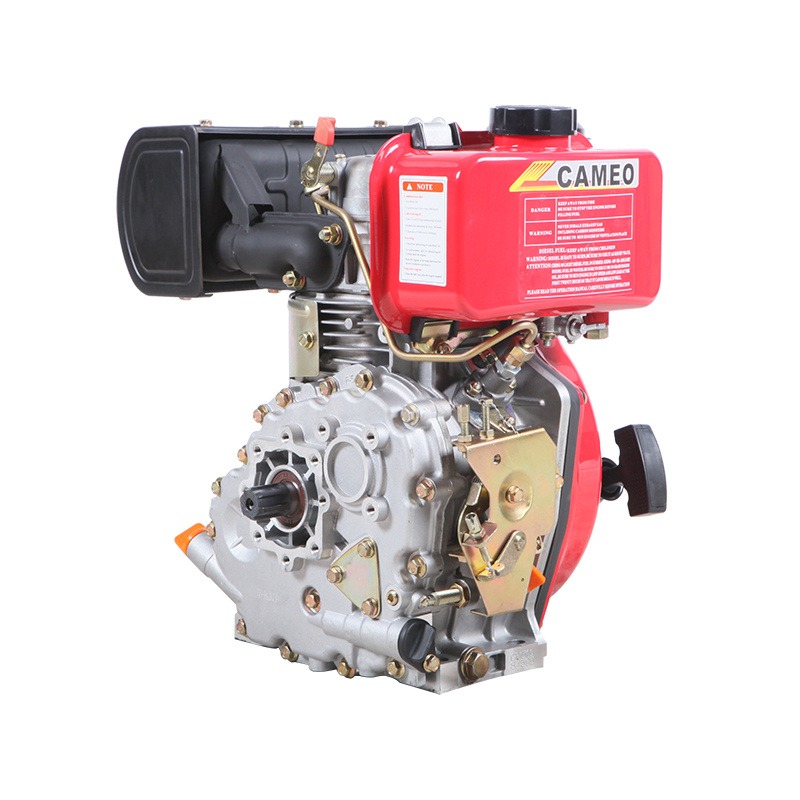
Challenges and Limitations
Single piston engines offer many benefits but also face certain challenges and limitations. These factors impact their performance and lifespan. Understanding these issues helps users manage and maintain the engines effectively.
Power Output and Efficiency Concerns
- Limited Power Generation: Single piston engines produce less power compared to multi-piston engines.
- Restricted Applications: Their low output makes them unsuitable for large or heavy-duty tasks.
- Efficiency Limitations: Smaller engines may sacrifice fuel efficiency for simplicity.
- Heat Management: Continuous use can cause overheating, reducing overall efficiency.
These concerns limit their use in high-power settings. Smaller tasks benefit more from these engines’ simplicity.
Wear and Tear in Long-Term Use
- High Wear on Components: Continuous motion of the single piston leads to faster wear.
- Frequent Repairs: Over time, components like the crankshaft and valves may require replacement.
- Fuel Residue Build-Up: Combustion leads to carbon deposits, affecting performance.
- Impact of Vibration: Lack of balance can cause vibrations, reducing structural integrity.
Proper maintenance can reduce wear and extend engine lifespan. Addressing these issues ensures reliable operation.
Tips for Maintenance and Optimization
Maintaining and optimizing a single piston engine ensures reliable performance and extends its lifespan. Proper care helps address common challenges like wear and efficiency issues. Below are key tips for keeping your engine in good shape.
Regular Inspection and Cleaning
- Inspect Components Frequently: Check the piston, cylinder, and crankshaft for wear and tear regularly.
- Clean Carbon Deposits: Remove carbon buildup from the combustion chamber to improve efficiency.
- Examine Air Filters: Clean or replace clogged filters to allow proper airflow into the engine.
- Inspect Spark Plugs: Clean or replace spark plugs for better ignition and smoother operation.
- Check Fuel System: Inspect and clean the fuel lines and injectors to prevent blockages.
Regular inspections identify issues early and prevent long-term damage to the engine. Simple cleaning tasks improve overall operation and efficiency.
Lubrication and Fuel Efficiency
- Use Quality Engine Oil: Select high-grade oil to reduce friction and wear on moving parts.
- Check Oil Levels Often: Maintain proper oil levels to ensure smooth engine operation.
- Replace Worn Gaskets: Ensure seals are intact to avoid oil leaks and maintain pressure.
- Optimize Fuel Use: Choose clean and high-quality fuel to prevent residue buildup and enhance performance.
- Warm Up the Engine: Let the engine warm up before use to reduce stress on its components.
Proper lubrication limits wear and extends the lifespan of internal parts. Efficient fuel use improves combustion and lowers operational costs.
Following these maintenance tips helps optimize the performance of a single piston engine. Regular care ensures reliability and prevents costly repairs.
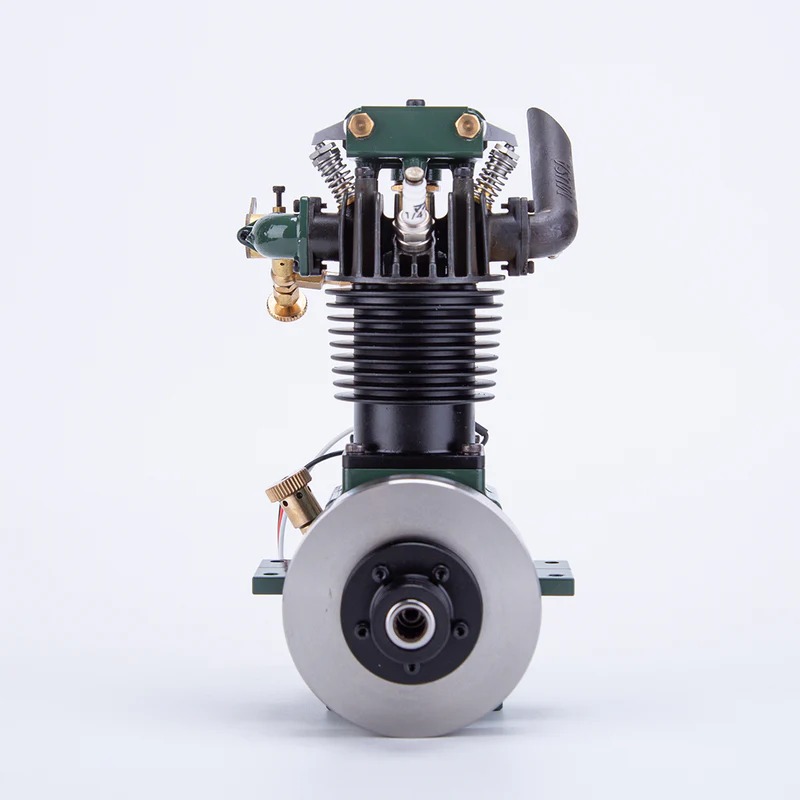
Comparison with Other Engine Types
Single Piston vs. Multi-Cylinder Engines
When comparing single piston engines to multi-cylinder engines, there are several key differences to consider. Multi-cylinder engines typically offer higher power output, enabling better performance in larger vehicles such as cars and trucks. These engines often feature smoother operation due to better balance and reduced vibrations. However, single piston engines excel in applications where weight and compactness are more important than raw power. The trade-offs between weight, complexity, and power output ultimately dictate which type of engine is most appropriate for a given application.
Efficiency and Fuel Consumption
Fuel efficiency is another area where the design of an engine can significantly influence performance. Single piston engines often demonstrate better fuel consumption rates, especially in lighter applications where their power is fully utilized. In contrast, multi-cylinder engines may have additional fuel demand due to increased complexity and size. However, advancements in technology continue to enhance the fuel efficiency of multi-cylinder engines, making the competition among engine types more intense. As consumers seek vehicles that provide an optimal balance of power and efficiency, both single piston and multi-cylinder designs will continue to evolve.
Engine Maintenance and Longevity
Maintenance considerations also differ between single piston and multi-cylinder engines. Single piston engines generally possess fewer components, making them simpler to maintain. This simplicity translates to less frequent repairs and lower costs over time. In contrast, multi-cylinder engines often require more extensive maintenance due to the complexity involved. Regular service intervals for multi-cylinder engines may result in higher expenses and intricate repair processes. The straightforward design of single piston engines makes them appealing for individuals who prefer low-maintenance options, particularly in small machinery and recreational equipment.
Engaging with the Community
Joining Motorcycle Groups and Forums
For enthusiasts of motorcycles and single piston engines, engaging with the community can enhance the experience of riding. Joining motorcycle groups and online forums provides opportunities to connect with like-minded individuals who share similar interests. These platforms allow for the exchange of ideas, tips on maintenance, and recommendations for reliable parts. Many riders find value in discussing their experiences with single piston engines, fostering camaraderie and support within the community. Sharing knowledge also contributes to personal growth as riders learn from one another.
Participating in Events and Rallies
Participating in motorcycle events, rallies, and shows further deepens one’s connection to the single piston engine community. Events often bring together riders from various backgrounds to showcase their bikes, share stories, and learn from each other. These gatherings create a vibrant atmosphere filled with enthusiasm and passion for motorcycles. Additionally, meetups provide valuable insights into the latest advancements in single piston technology and modifications. Riders can attend workshops to learn maintenance and customization techniques, enhancing their skills while building bonds with fellow enthusiasts.
Supporting Local Mechanics and Shops
Supporting local mechanics and shops that specialize in single piston engines is crucial to sustaining the community. These businesses often have extensive knowledge and experience working with specific engine types. Frequenting local workshops not only fosters relationships but also ensures quality care for your bike. Many mechanics are enthusiastic about sharing their expertise, and building a rapport can yield valuable advice on upkeep, performance upgrades, and more. By supporting local businesses, riders contribute to the growth of their community while ensuring that they receive top-notch service.
Conclusion: The Future of Single Piston Engines
Acknowledging Their Versatility
In conclusion, single piston engines remain a vital part of the engine landscape due to their versatility and efficiency. From motorcycles to gardening tools and portable generators, these engines have proven their worth across various applications. As manufacturing and design techniques continue to improve, the viability of single piston engines is expected to endure, providing reliable power solutions for a range of needs.
Embracing Innovations for Tomorrow
Looking forward, the potential for innovation in single piston engine technology is immense. As concern for the environment grows, there will be increased pressure for engines that produce fewer emissions and use alternative fuels. Research and development in manufacturing techniques and fuel options may pave the way for a new generation of single piston engines that are more efficient and environmentally friendly. These advancements will play a crucial role in ensuring that single piston engines remain competitive in a rapidly evolving market.
Celebrating the Ride Ahead
Motorcycle enthusiasts and those who operate small machinery should feel confident in the capabilities of single piston engines. As technology continues to evolve, staying informed and adopting new practices is essential for getting the most out of these engines. By participating in the community and nurturing a passion for riding and maintenance, individuals can celebrate the journey and craftsmanship involved in single piston technology.
Conclusion and Future Prospects
Ultimately, single piston engines offer a compelling blend of performance, efficiency, and ease of use. As riders embrace the freedom of the open road, understanding the mechanics and capabilities of their engines enhances the overall experience. With thoughtful attention to maintenance, community engagement, and an eye toward future innovations, the journey with single piston engines will undoubtedly be rewarding. Embrace the road ahead, cherishing every ride and enjoying the adventure that comes with operating a well-crafted single piston engine.
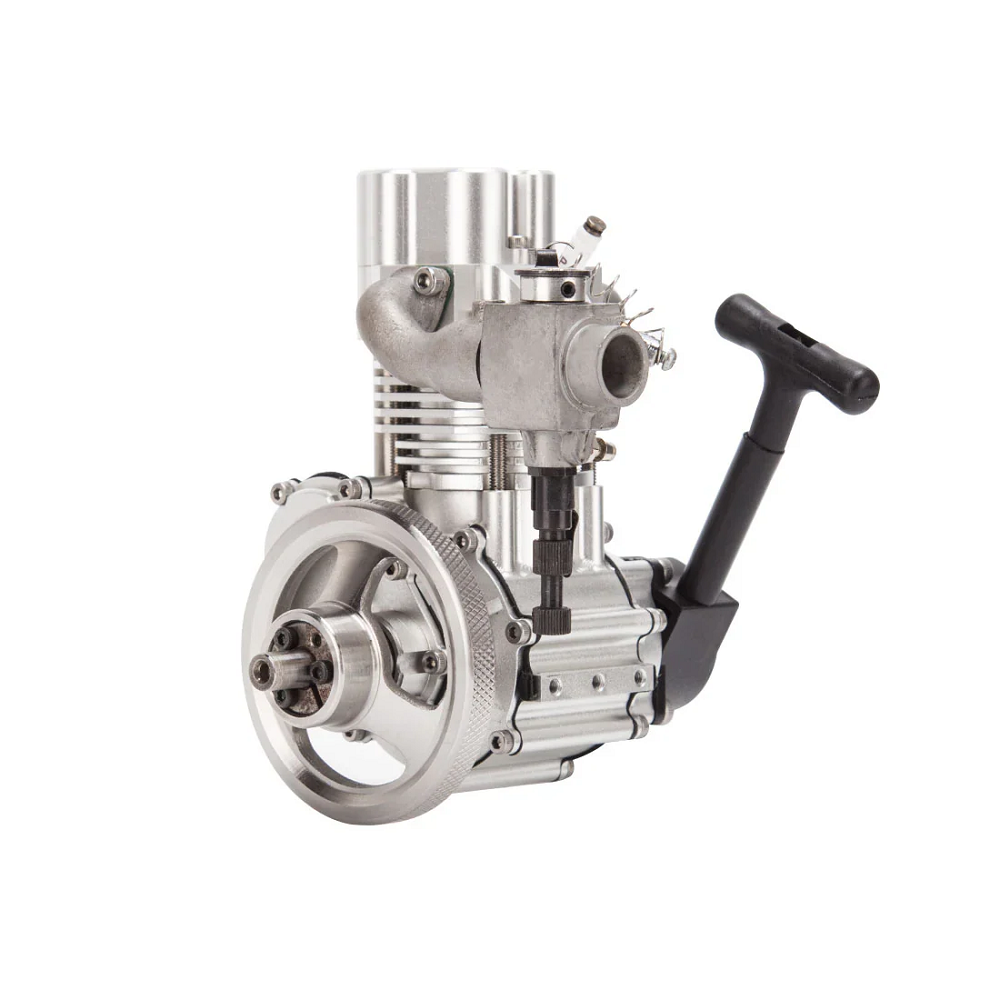
Leave a Reply